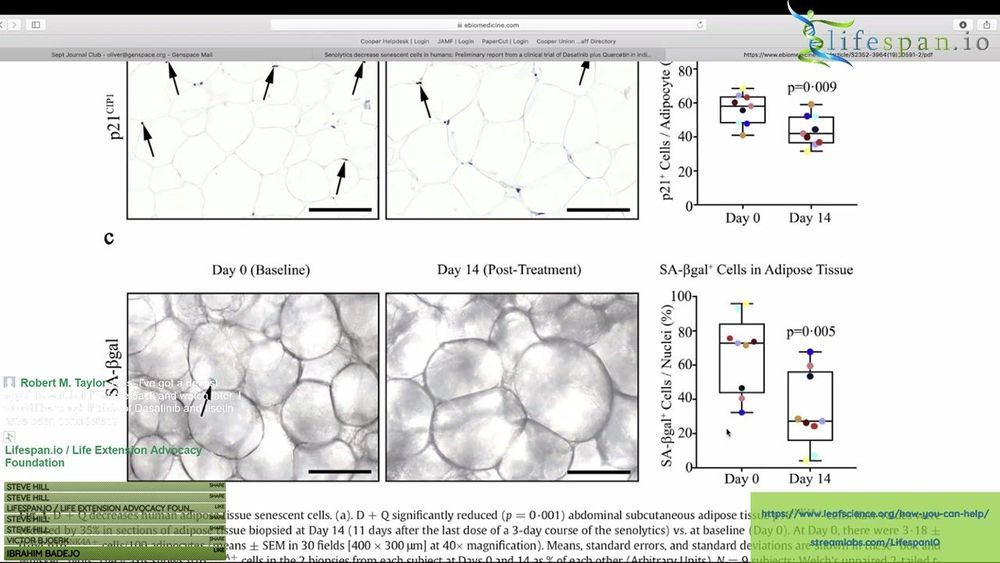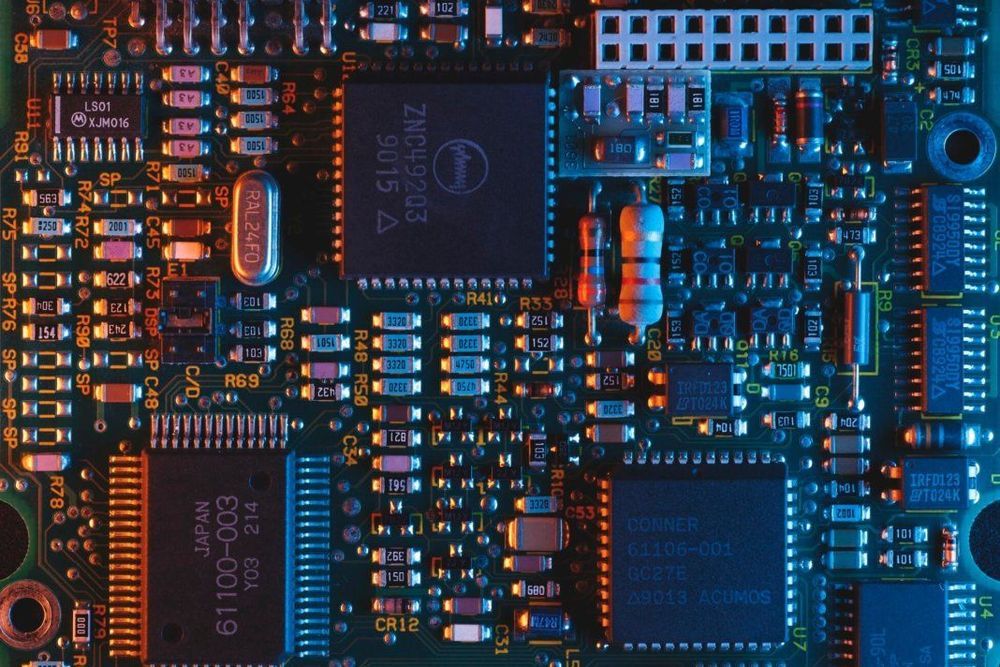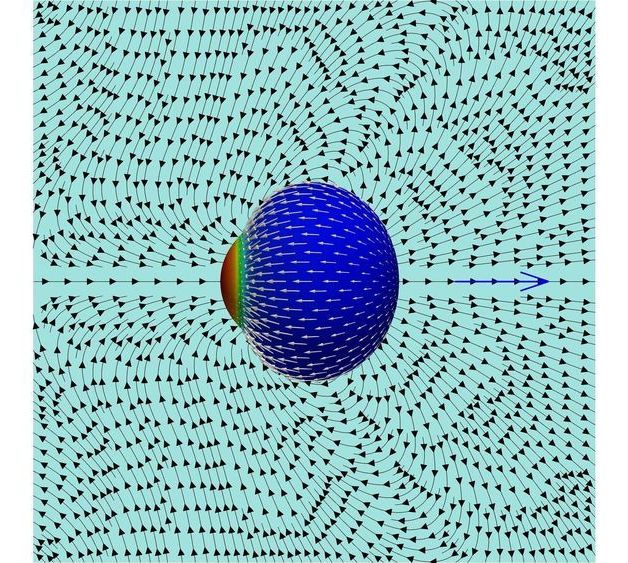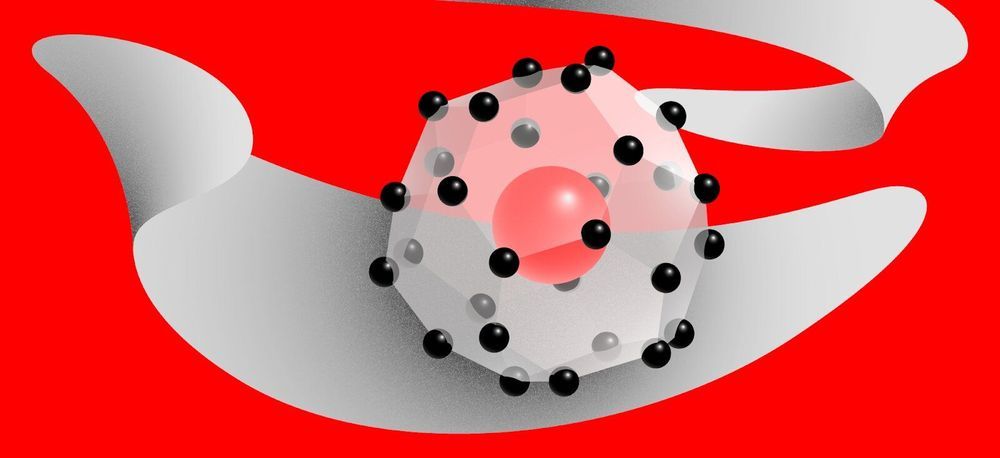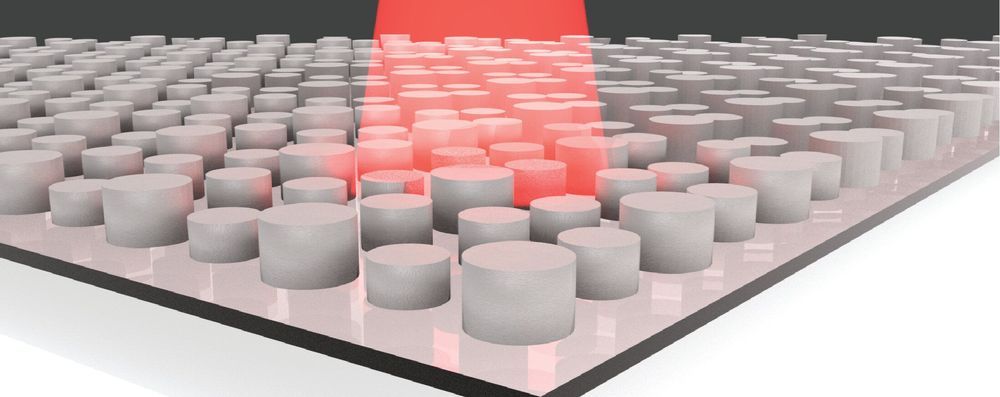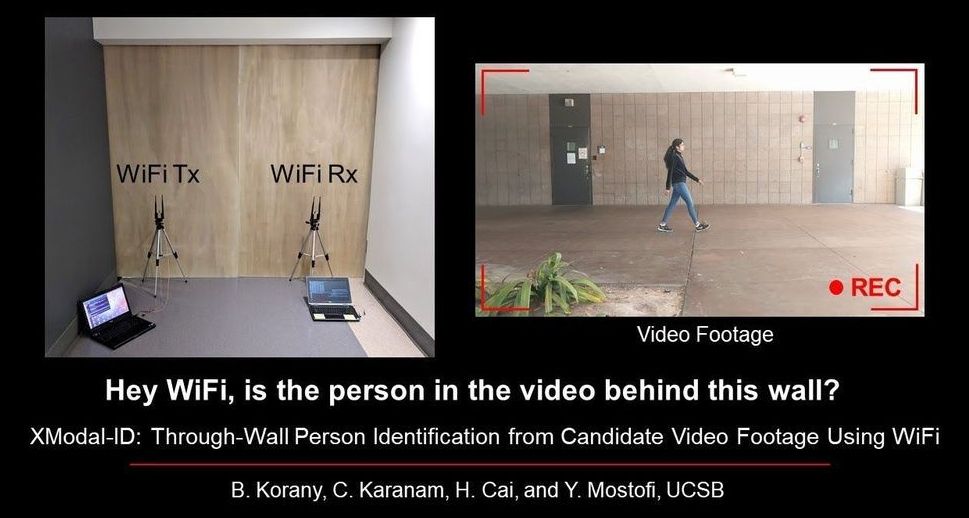Oct 1, 2019
These wireless earbuds can translate languages as you hear them
Posted by Quinn Sena in category: futurism
https://youtube.com/watch?v=zuA9AazhbOM
TL;DR: Learn languages on the go with the Aunu Audio M50 headphones — pair it with the companion app for just $99.99.
We’ve seen it all when it comes to truly wireless earbuds: superior sonics, sleek design, sweat, water, and life-proof construction. Earbuds that look like AirPods for less. And earbuds that are AirPods.
Continue reading “These wireless earbuds can translate languages as you hear them” »


